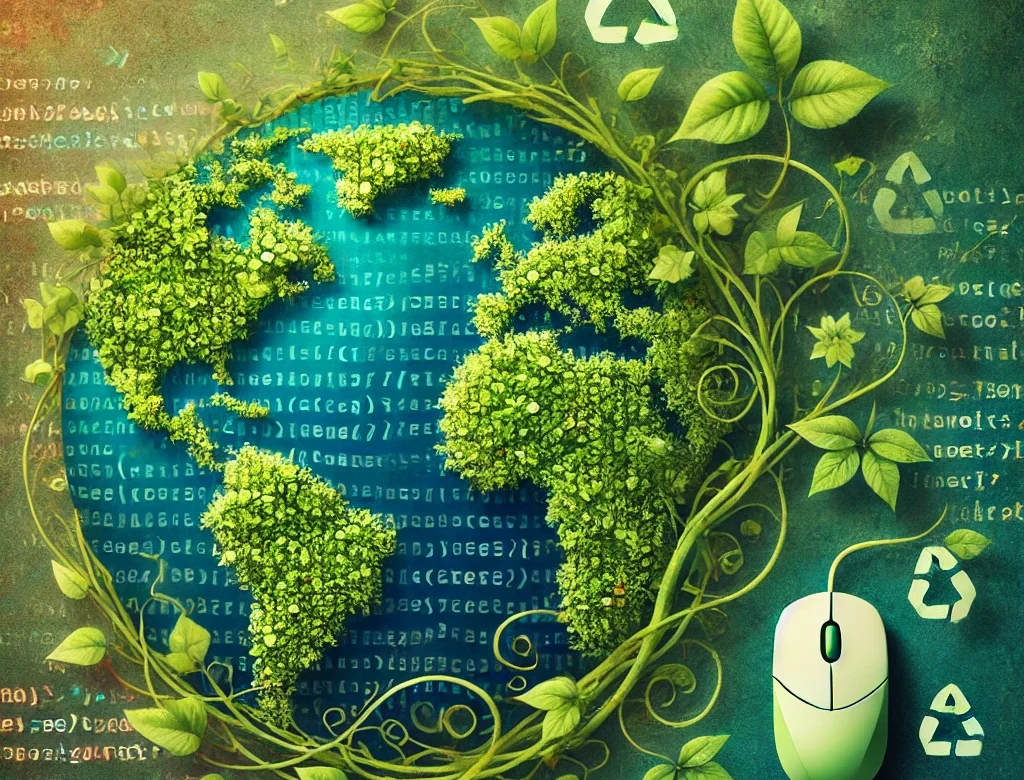
As the digital footprint of the world increases, so does the environmental impact of our online activities. Green web design, also known as eco-friendly web design, aims to minimize this impact through smarter design practices and solutions. This blog post explores how web designers and businesses can contribute to a more sustainable future by adopting green web design principles.
Understanding the Impact of Digital Pollution
Every web search, page view, and online transaction uses energy. With billions of internet users worldwide, the global digital ecosystem contributes significantly to the world’s carbon emissions. Web design plays a crucial role in this, as inefficient websites consume more resources and energy. By optimizing web design for sustainability, businesses can reduce their carbon footprint and promote a cleaner environment.
Principles of Green Web Design
Green web design revolves around efficiency—both in terms of performance and energy consumption. Key principles include:
- Optimizing Images and Media: Reducing file sizes to decrease energy consumption during data transmission.
- Streamlining Code: Clean and efficient code runs faster and requires less processing power.
- Choosing Green Hosting: Opting for web hosting providers that use renewable energy sources or carbon offsetting.
Benefits of Adopting Green Web Design
Adopting eco-friendly design practices not only helps the planet but also offers business advantages:
- Improved Website Performance: Efficient designs lead to faster loading times and better user experiences.
- Enhanced Brand Image: Demonstrating commitment to sustainability can strengthen brand perception and loyalty among environmentally conscious consumers.
- Cost Savings: Efficient use of resources can reduce hosting and operational costs in the long run.
Case Studies: Successful Green Web Designs
Highlighting examples from companies that have implemented successful green web design strategies can provide insights and inspiration. Discuss real-world applications and the tangible benefits these companies have experienced.
Tools and Resources for Green Web Design
There are various tools and frameworks designed to help web developers create more sustainable websites. Listing these can provide practical value to your readers:
- Green Frameworks: Frameworks that prioritize performance and environmental impact.
- Carbon Calculators: Tools to estimate the carbon footprint of websites.
- Sustainable UX Design Practices: Tips for creating user interfaces that reduce energy consumption.
Conclusion
The move towards green web design is not just a trend but a necessity as we aim for a more sustainable digital world. By integrating eco-friendly practices, web designers and developers can lead the way in reducing the internet’s carbon footprint and making a real difference for future generations.
Embracing green web design is a powerful step toward environmental responsibility—one that all stakeholders in the digital space should consider as part of their strategy moving forward.
